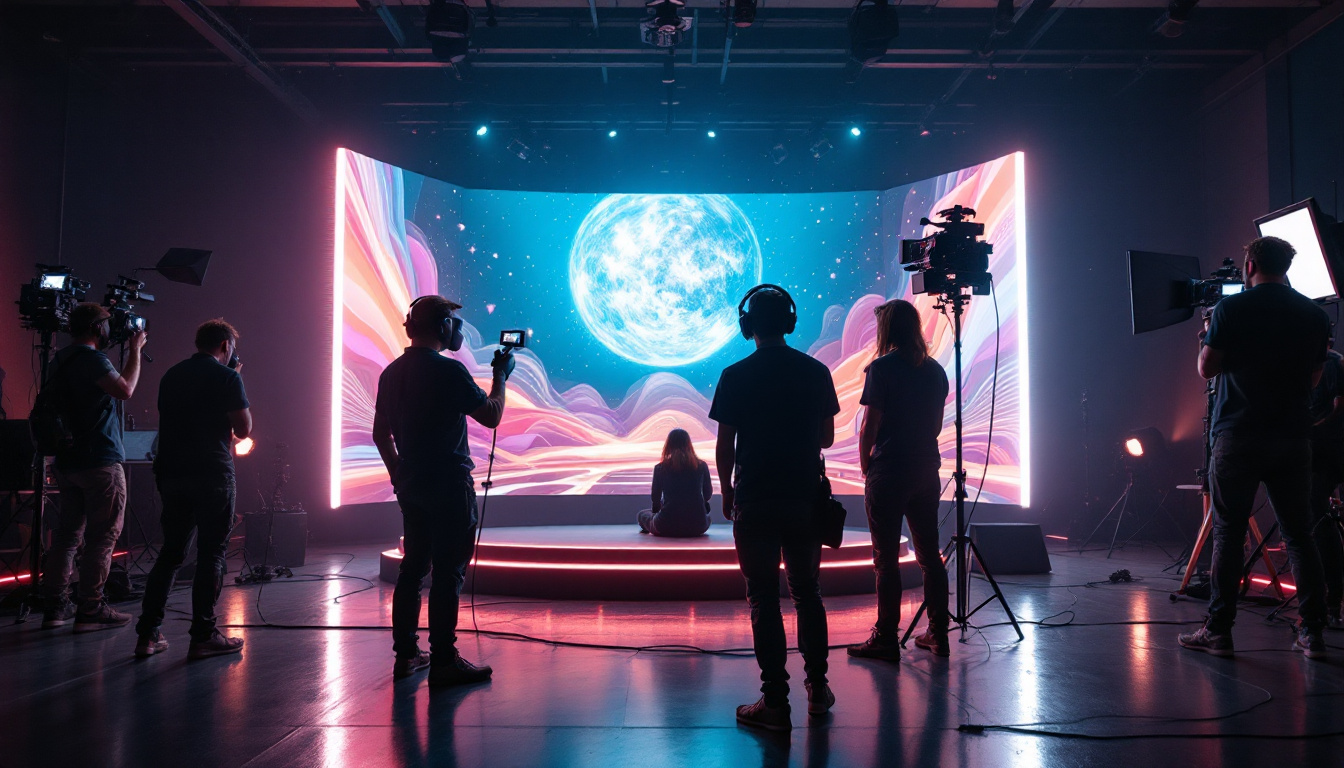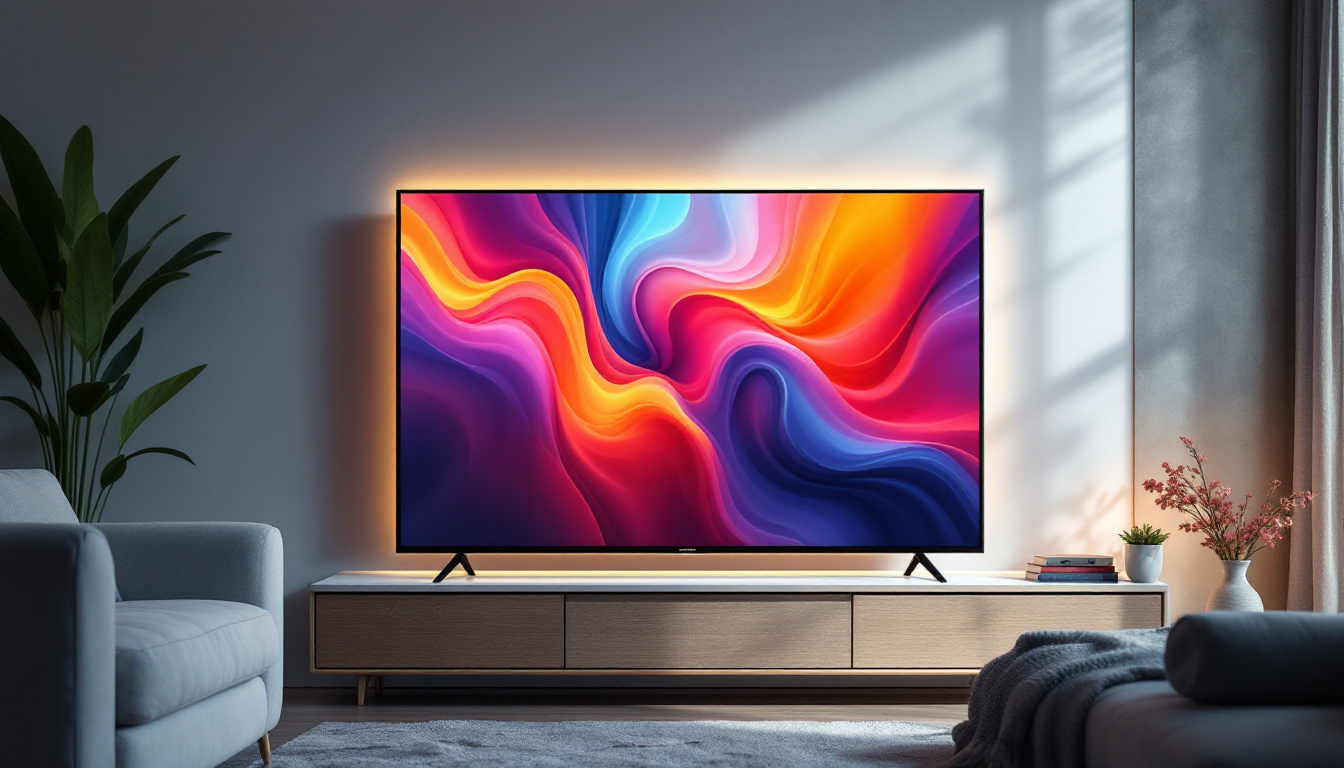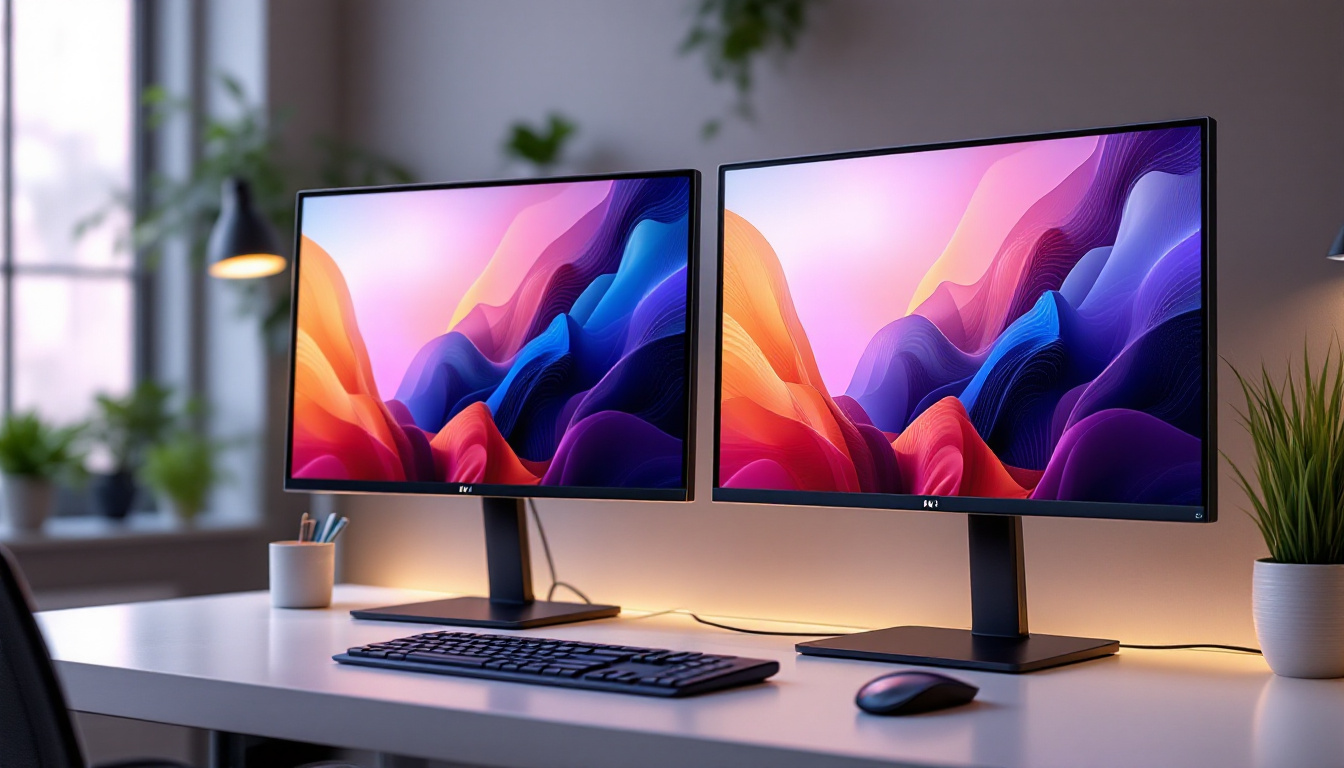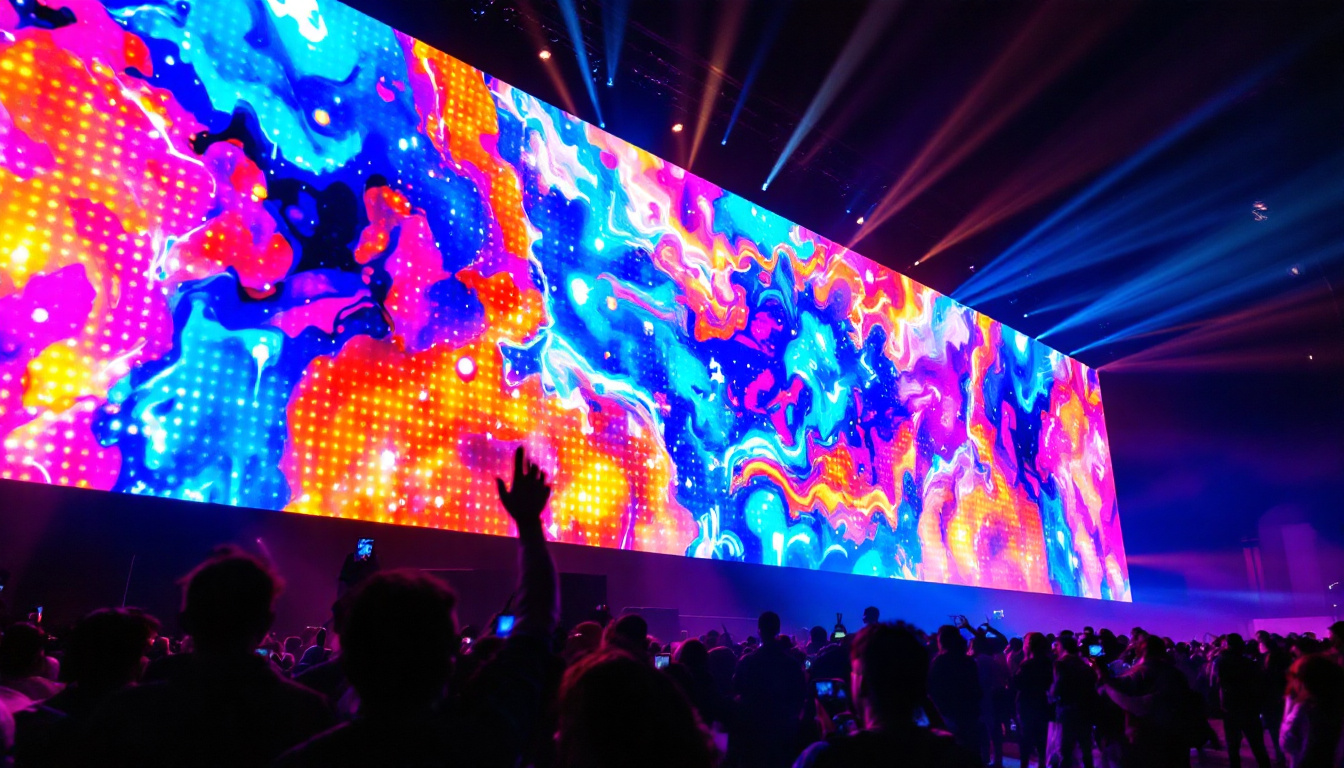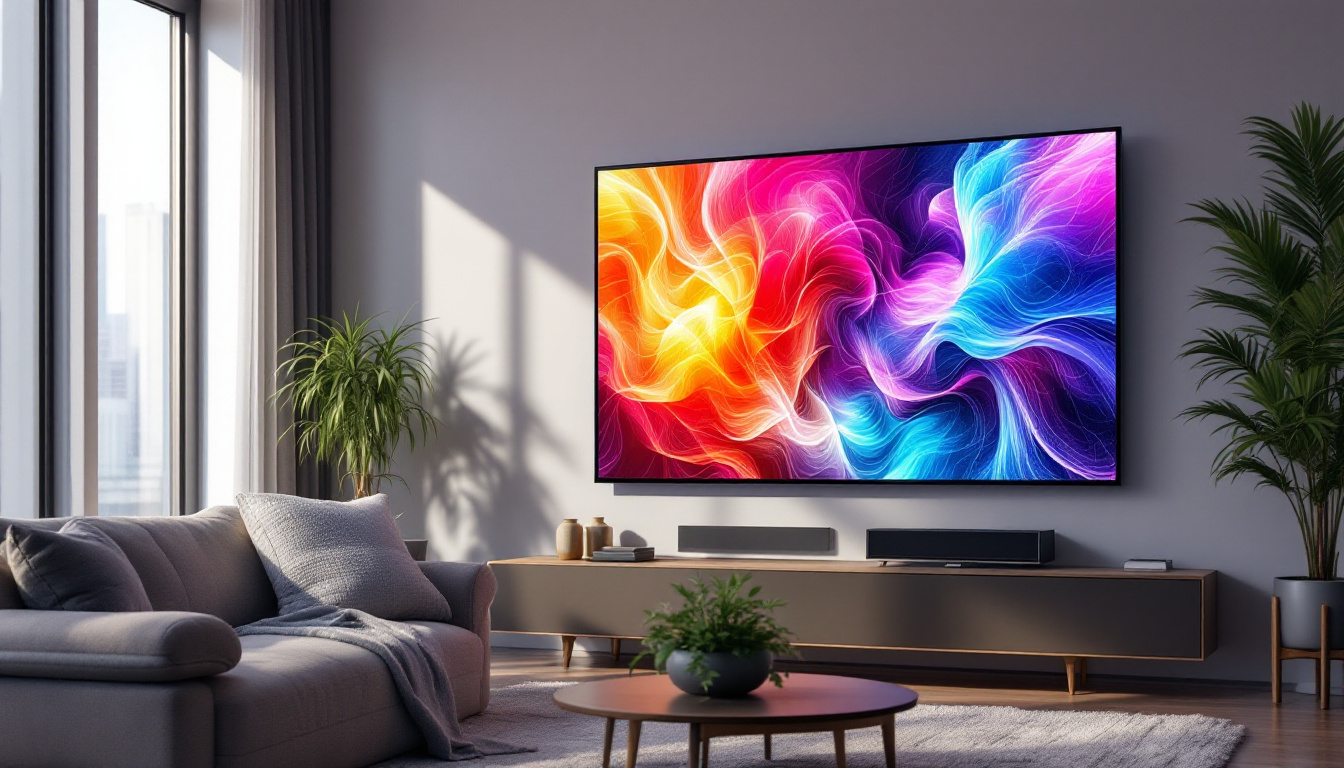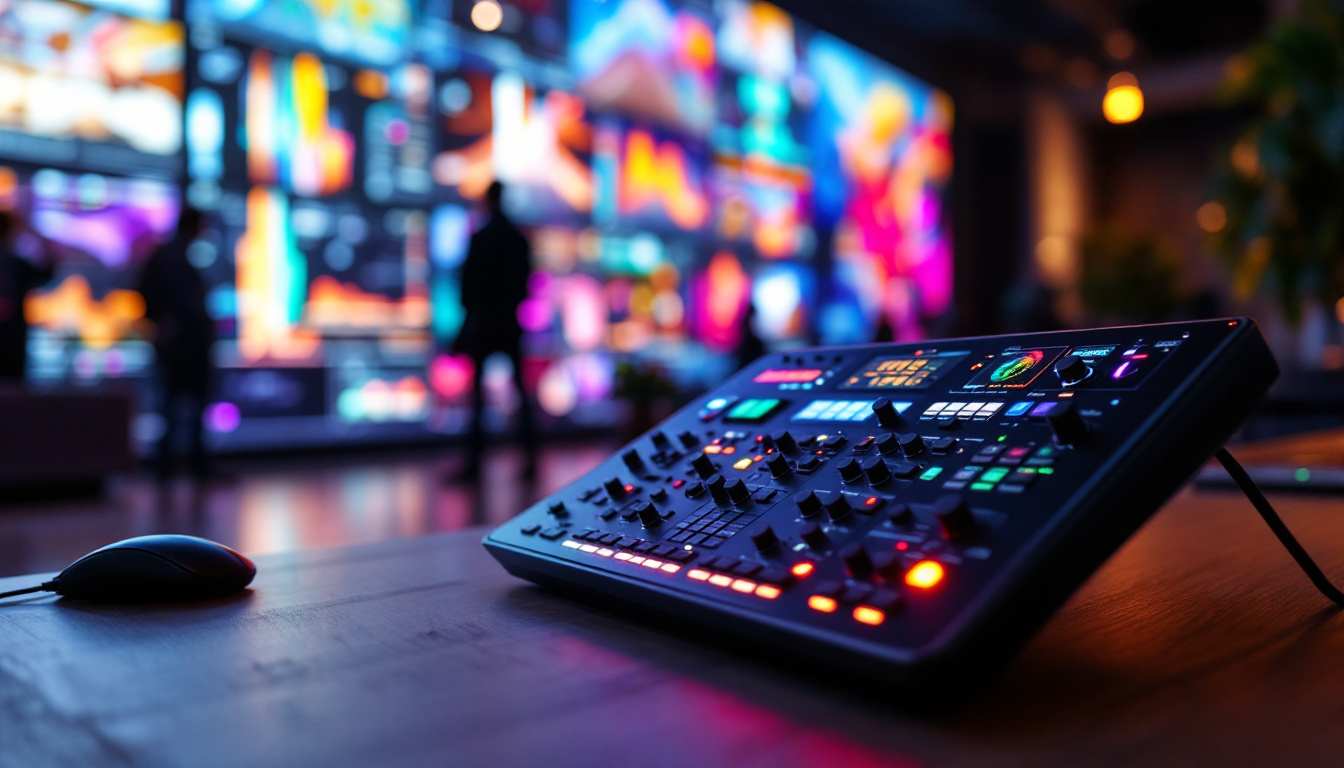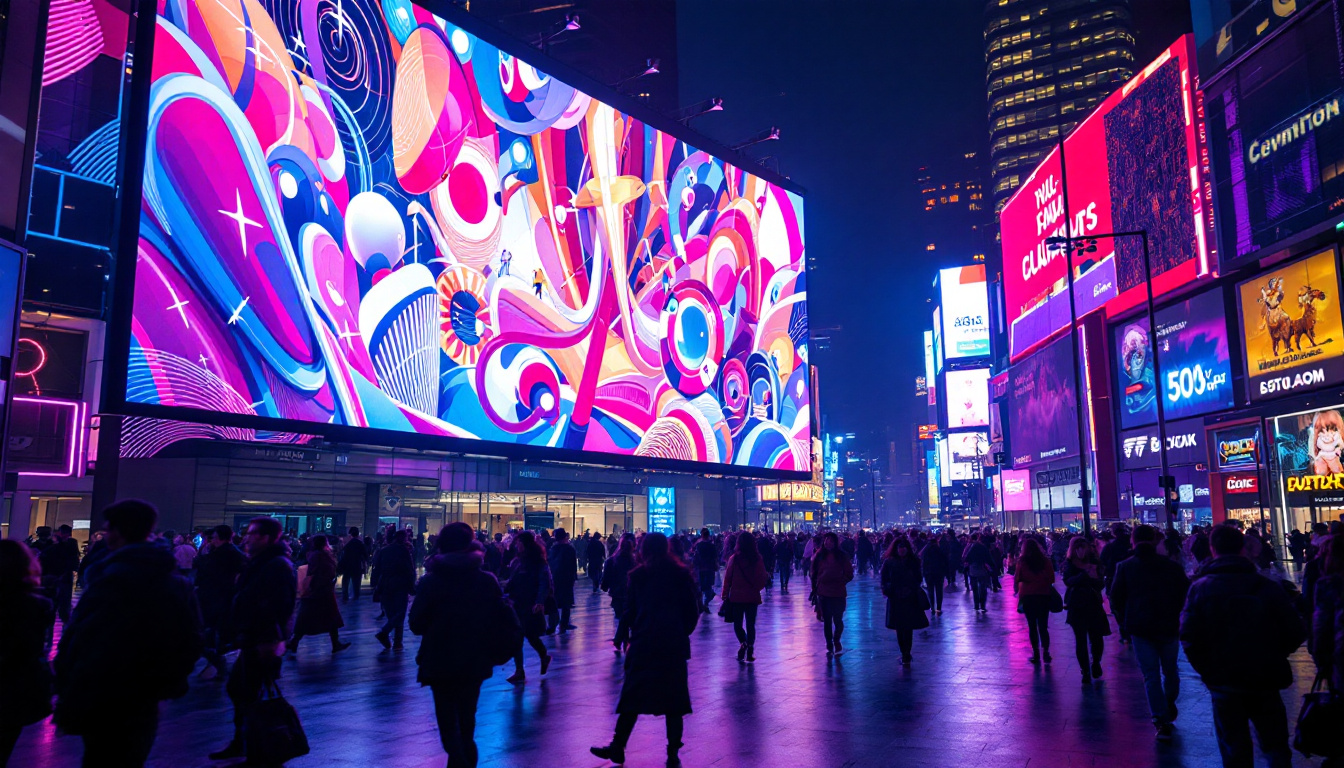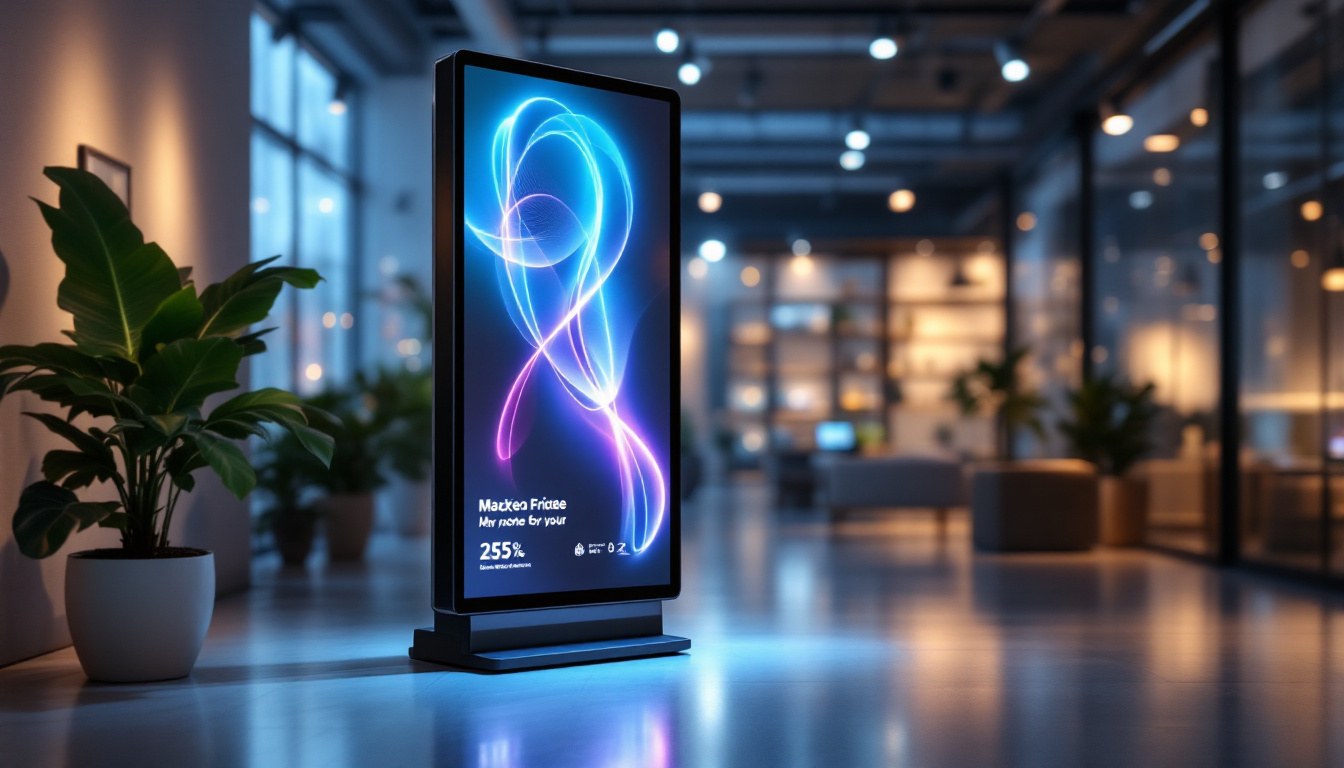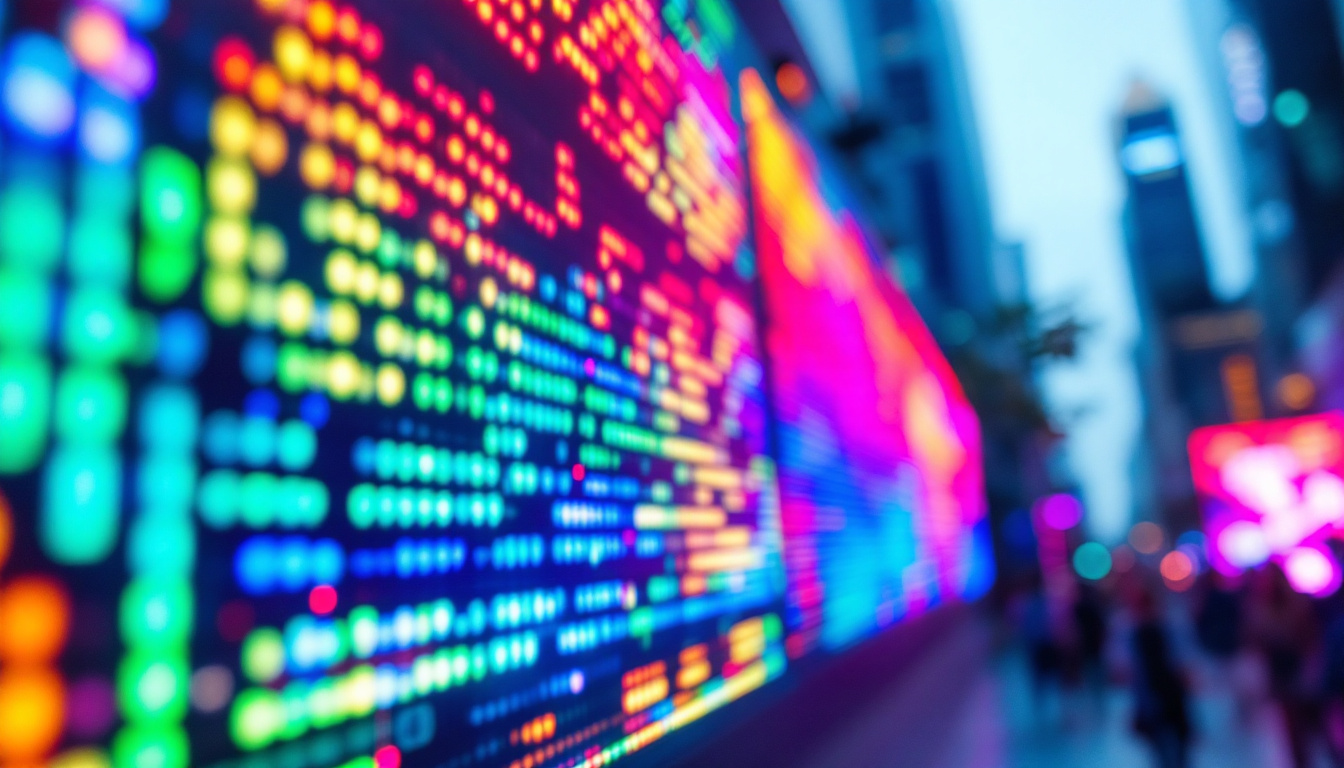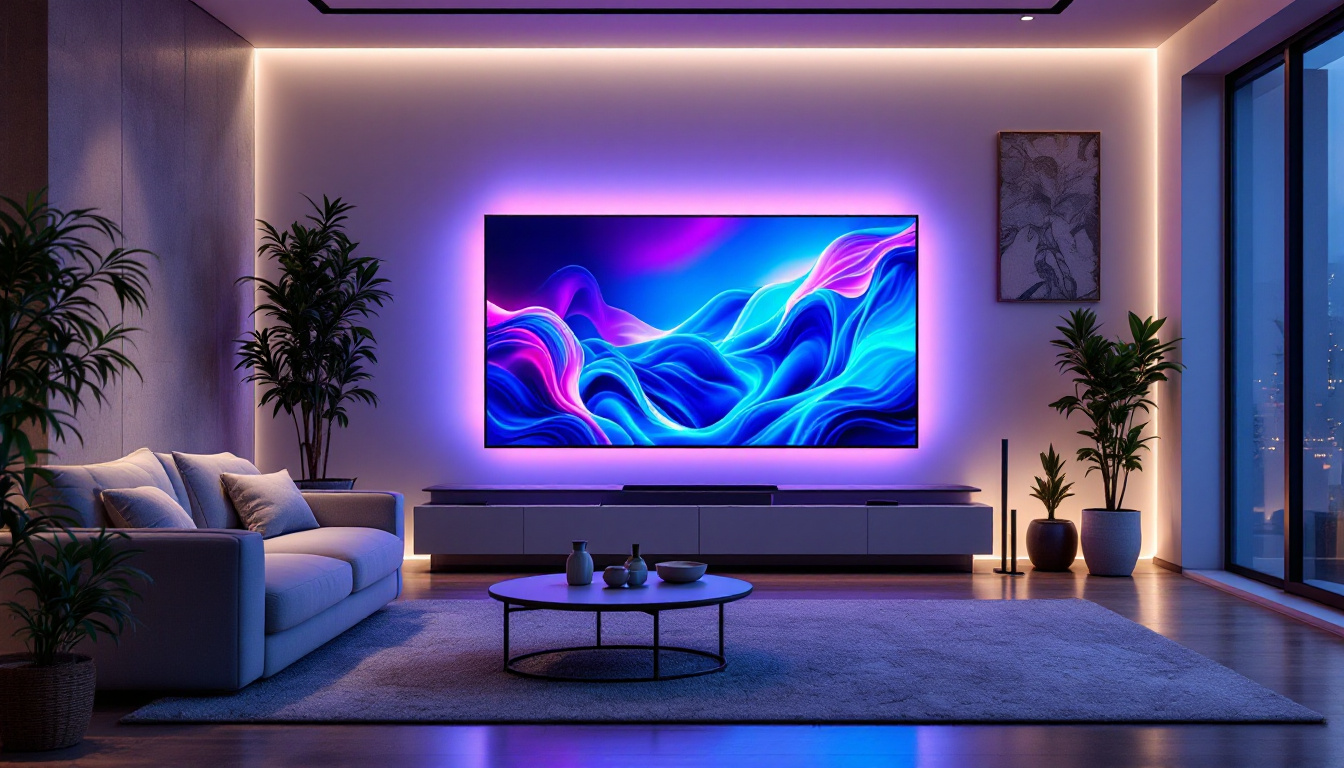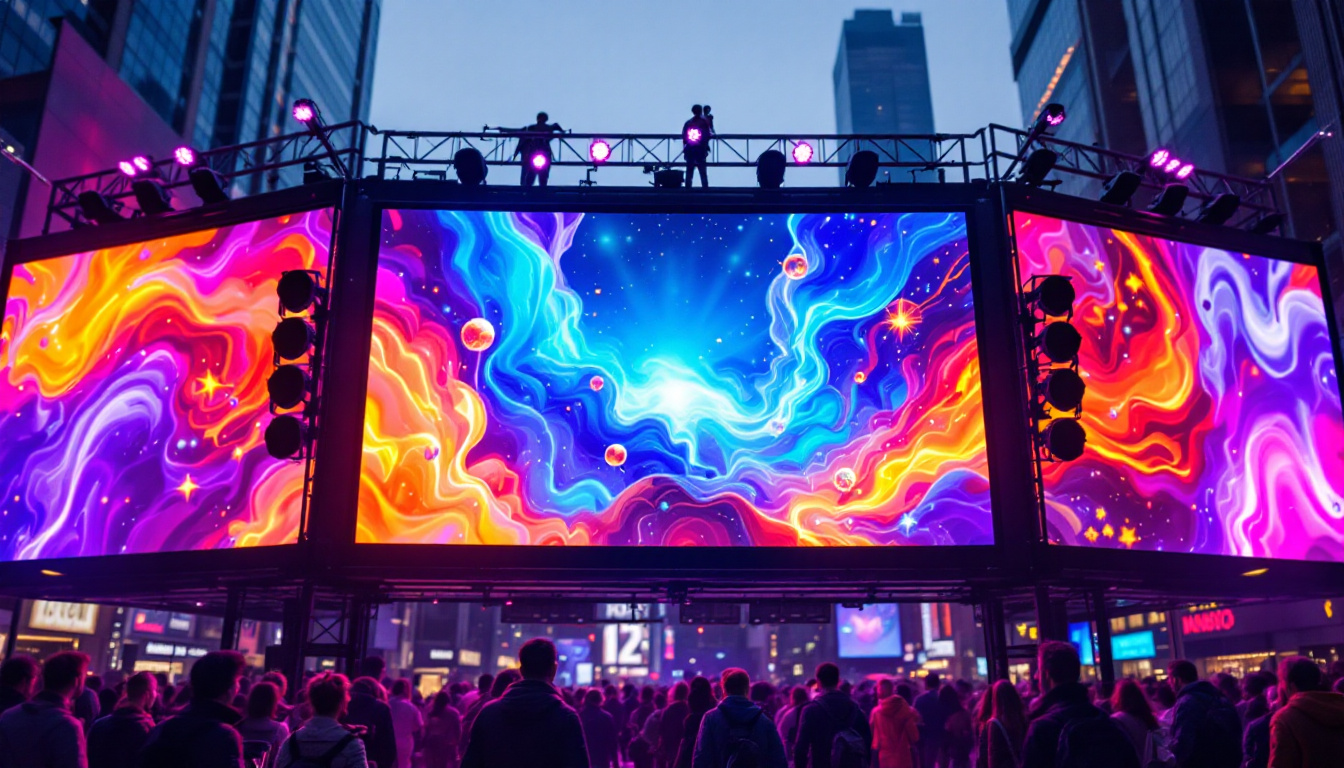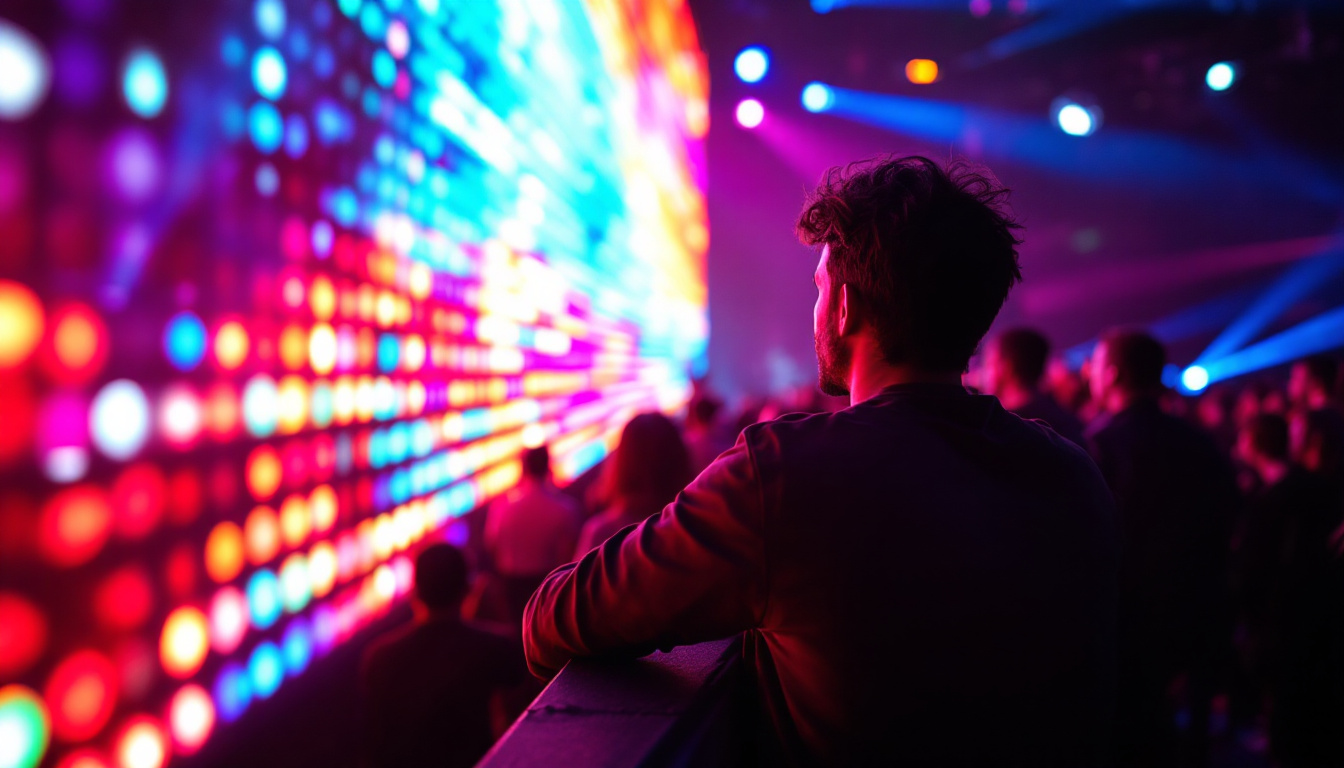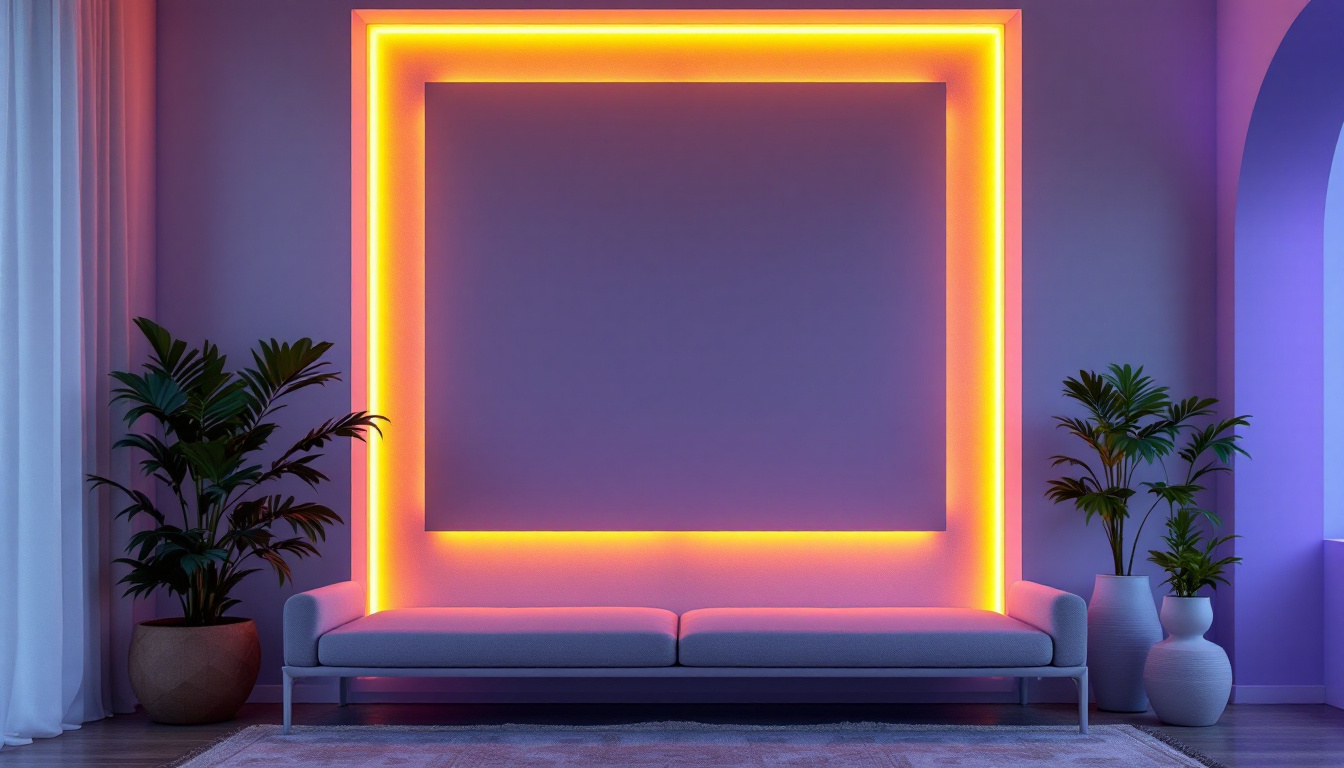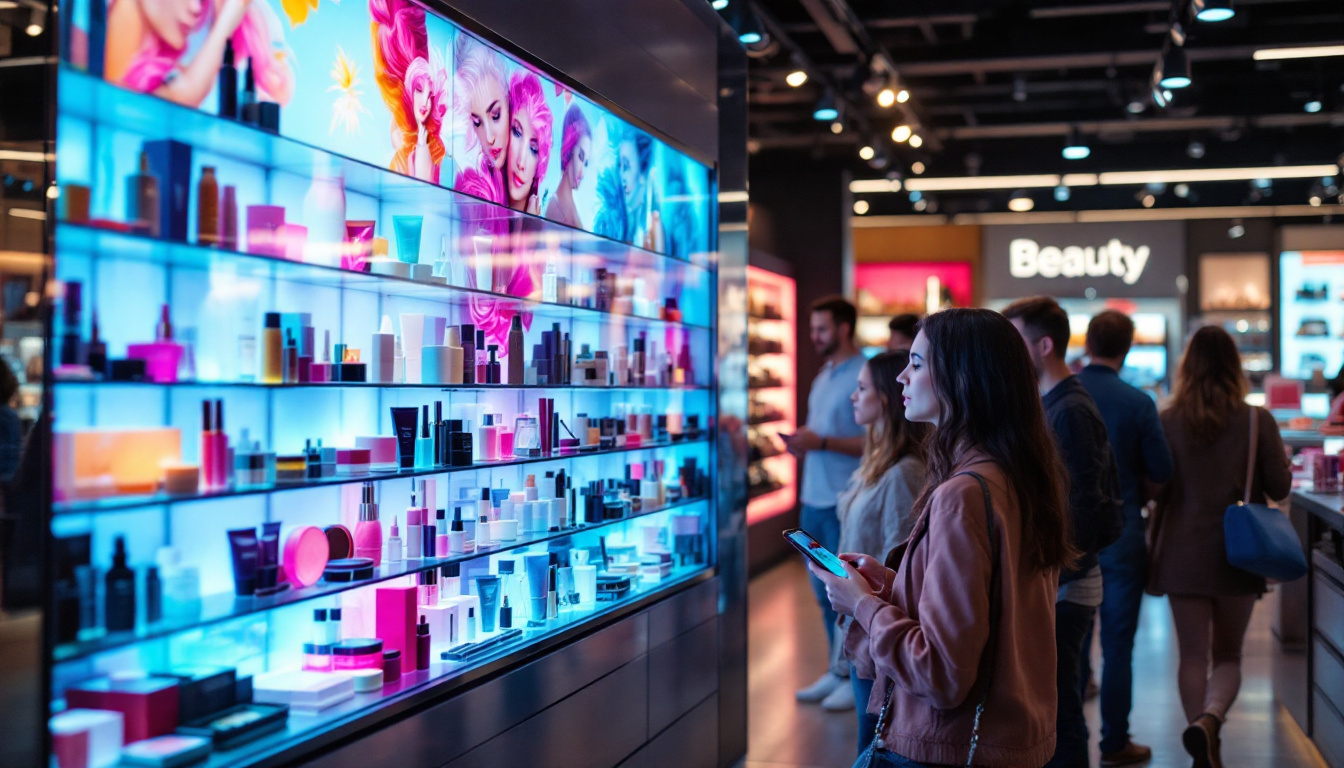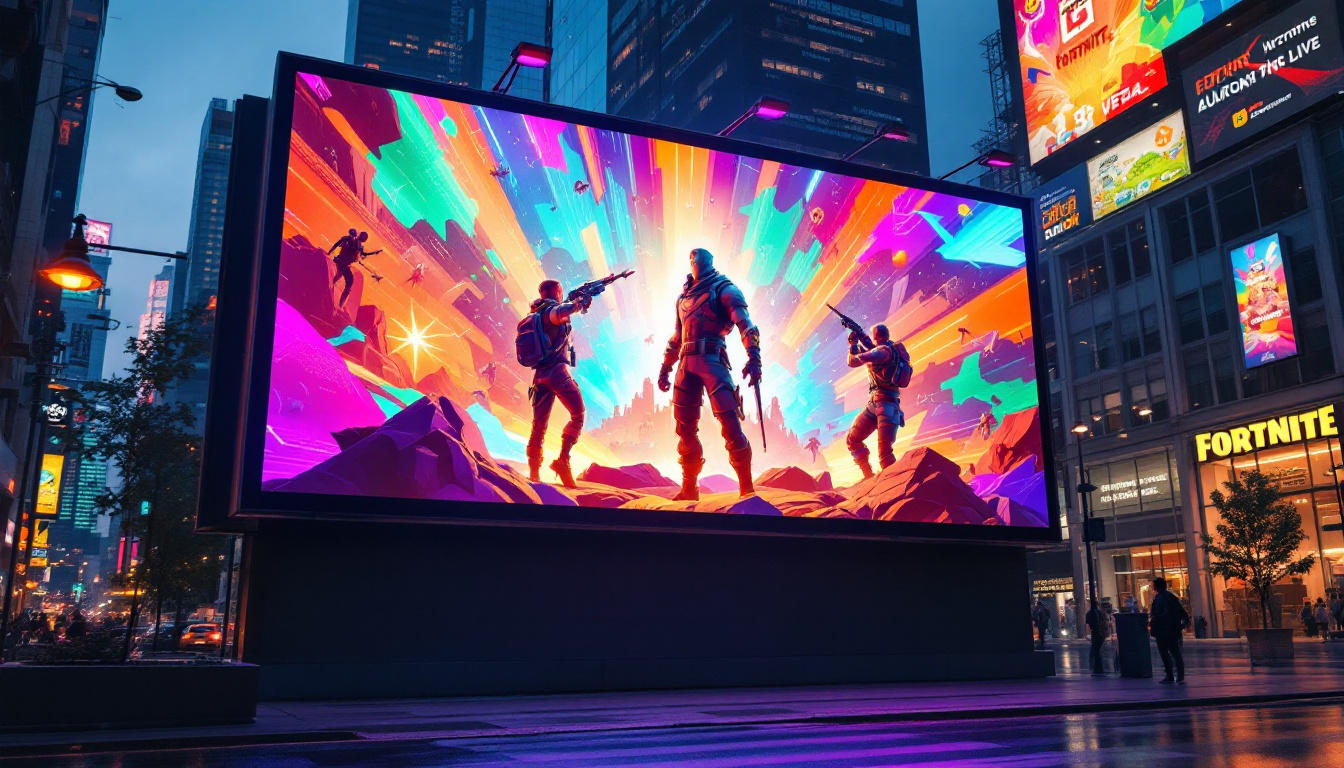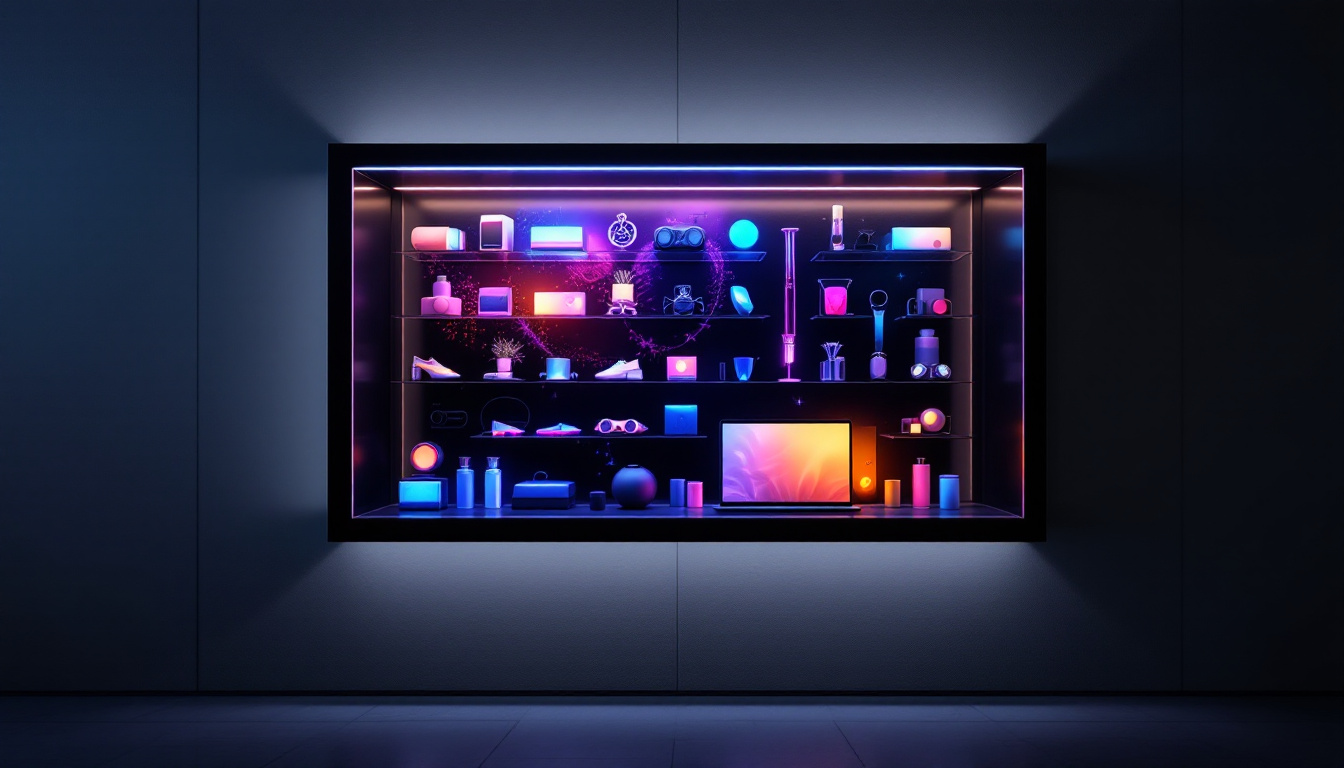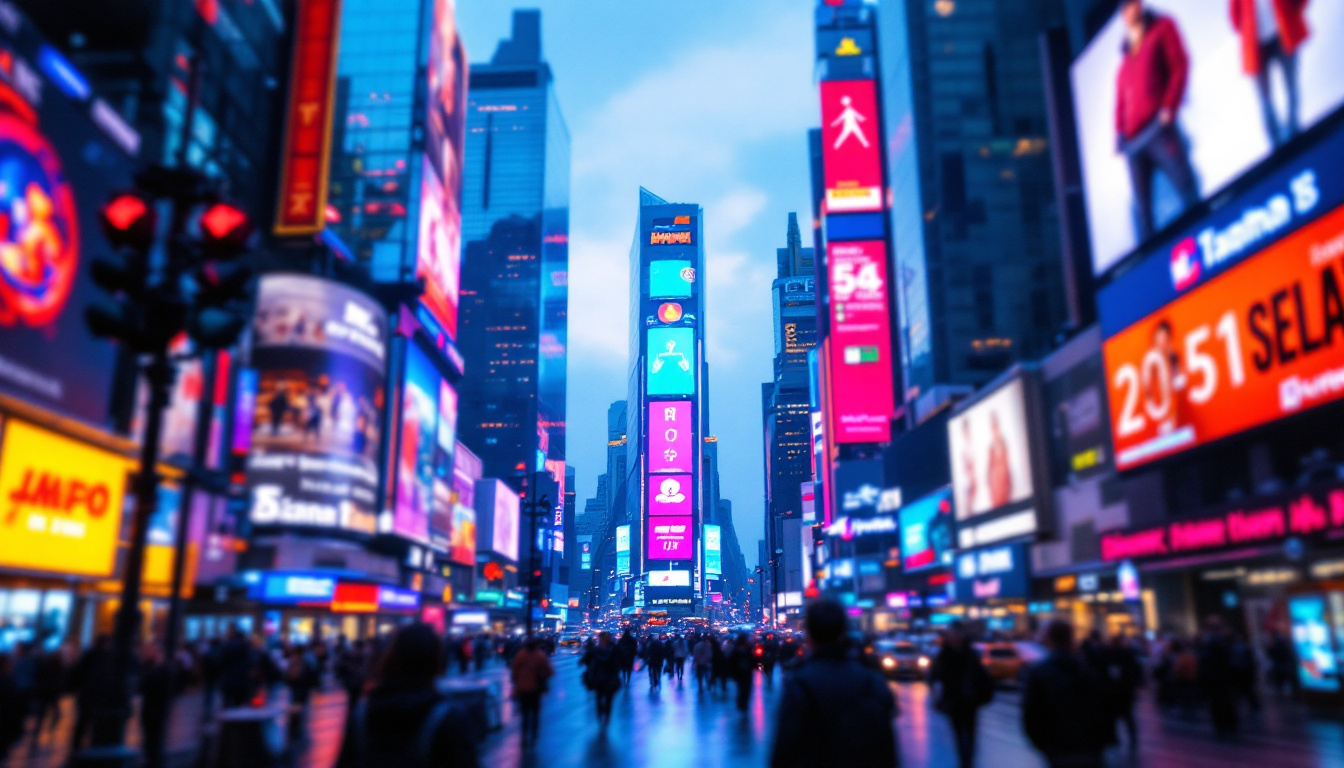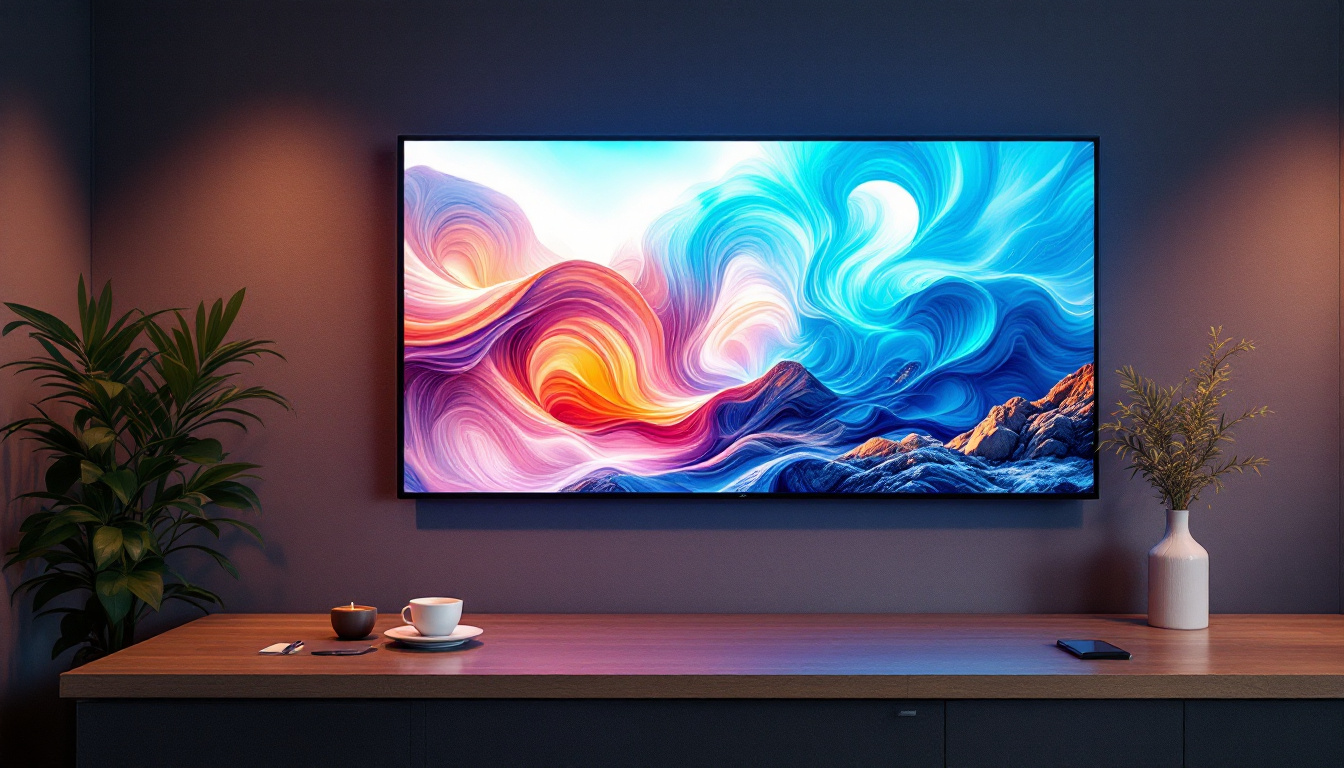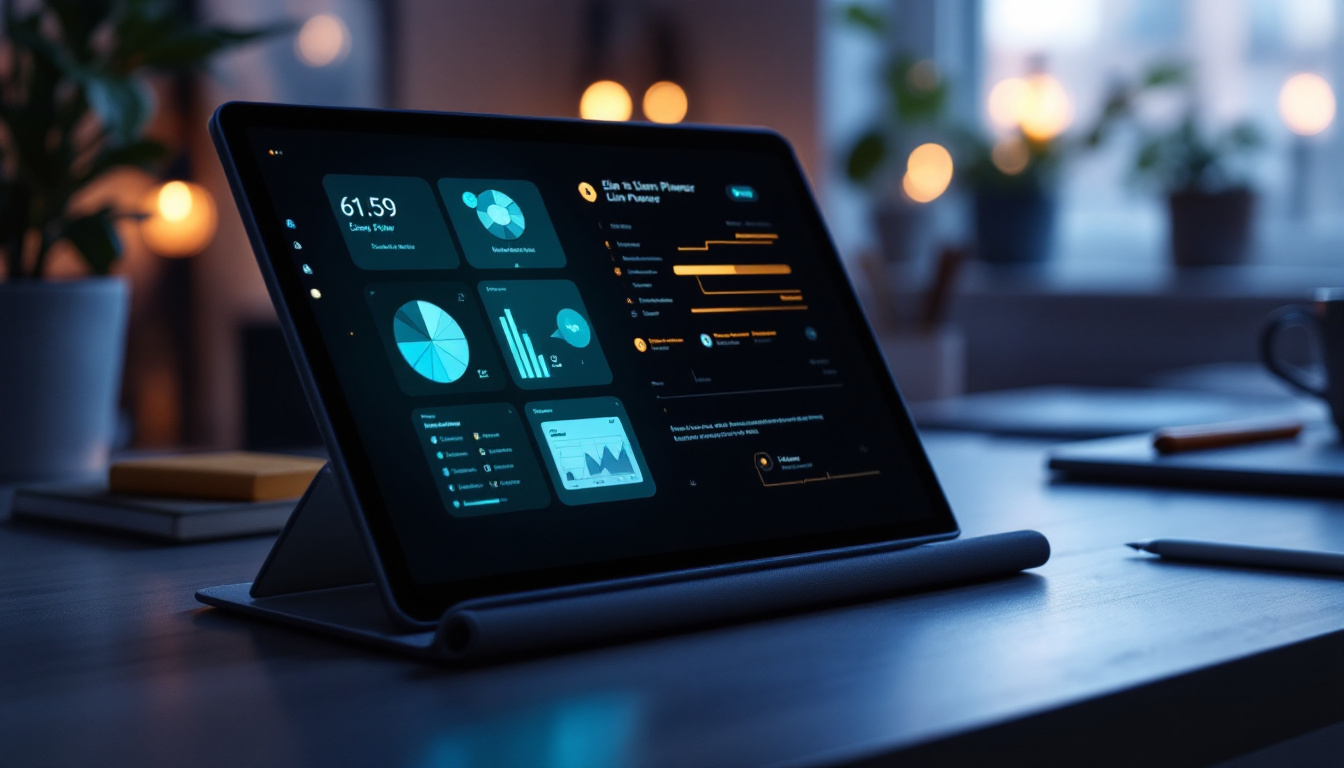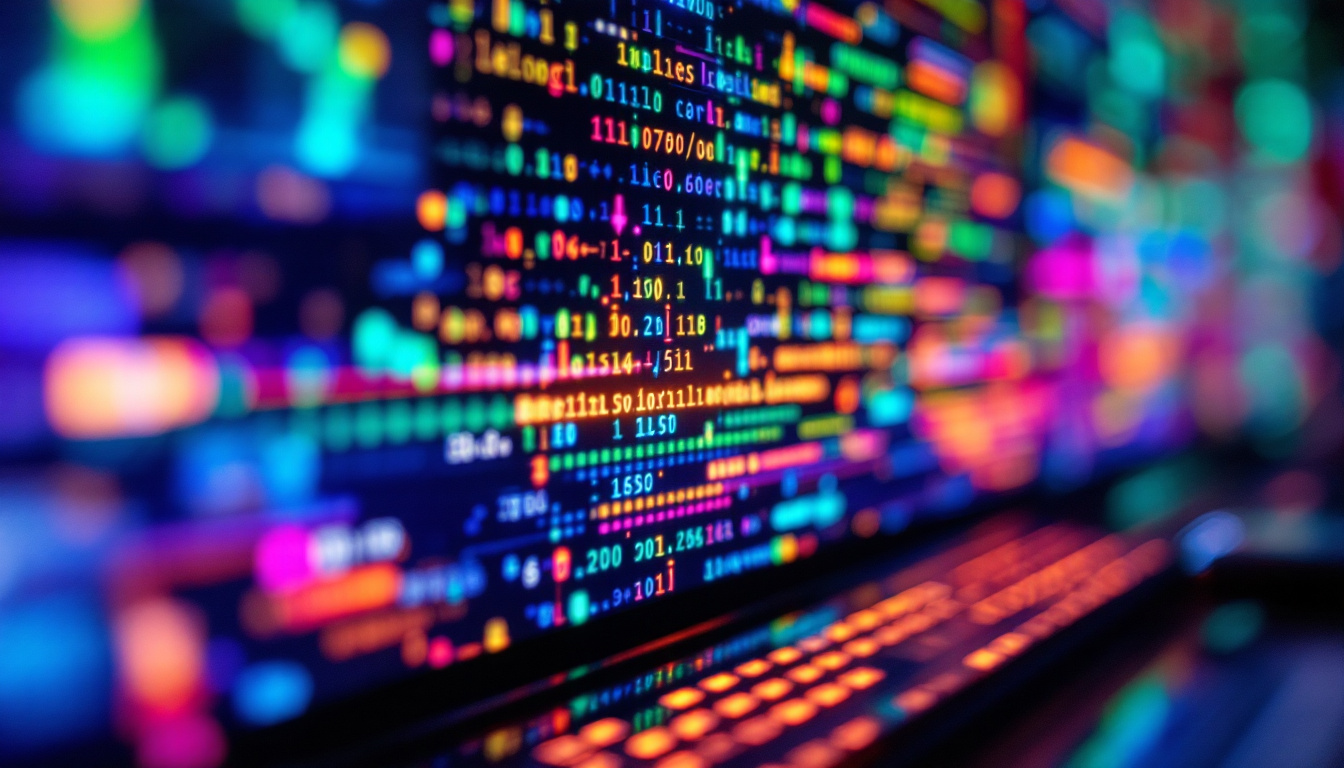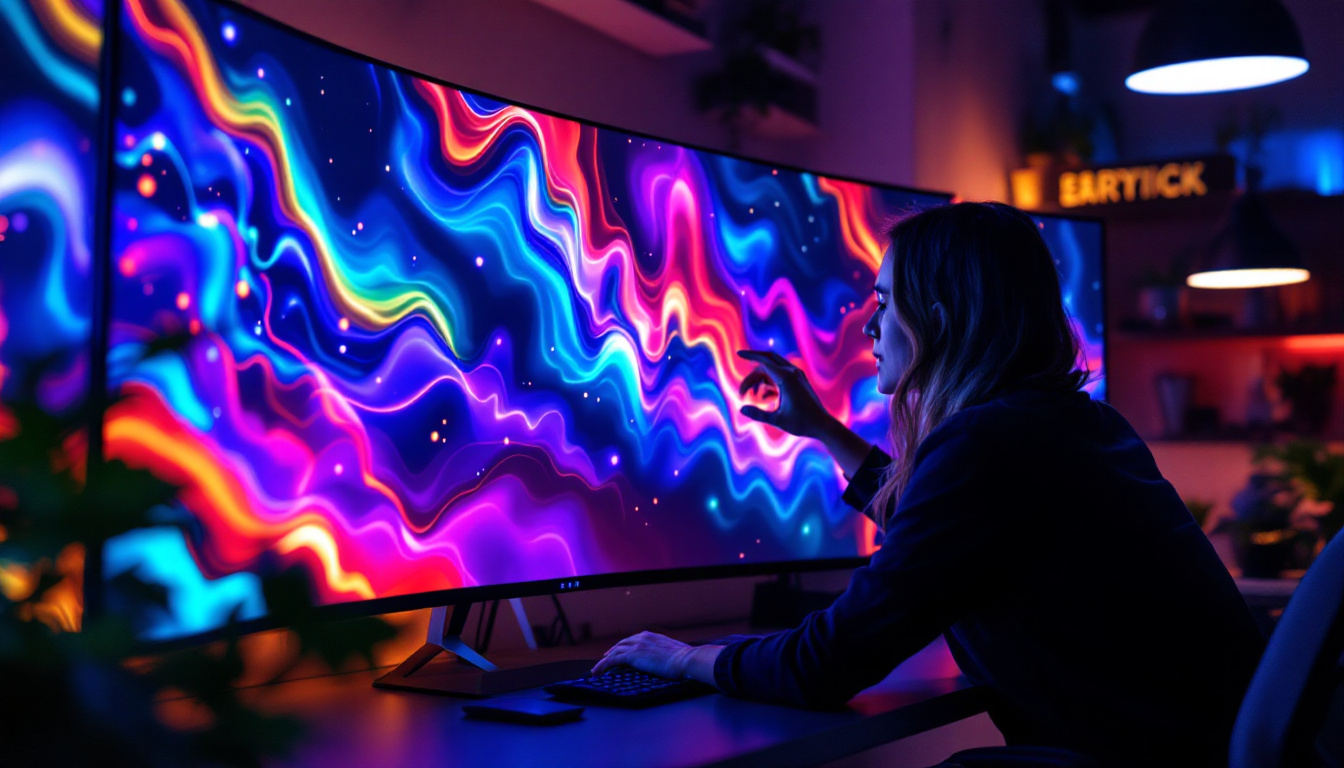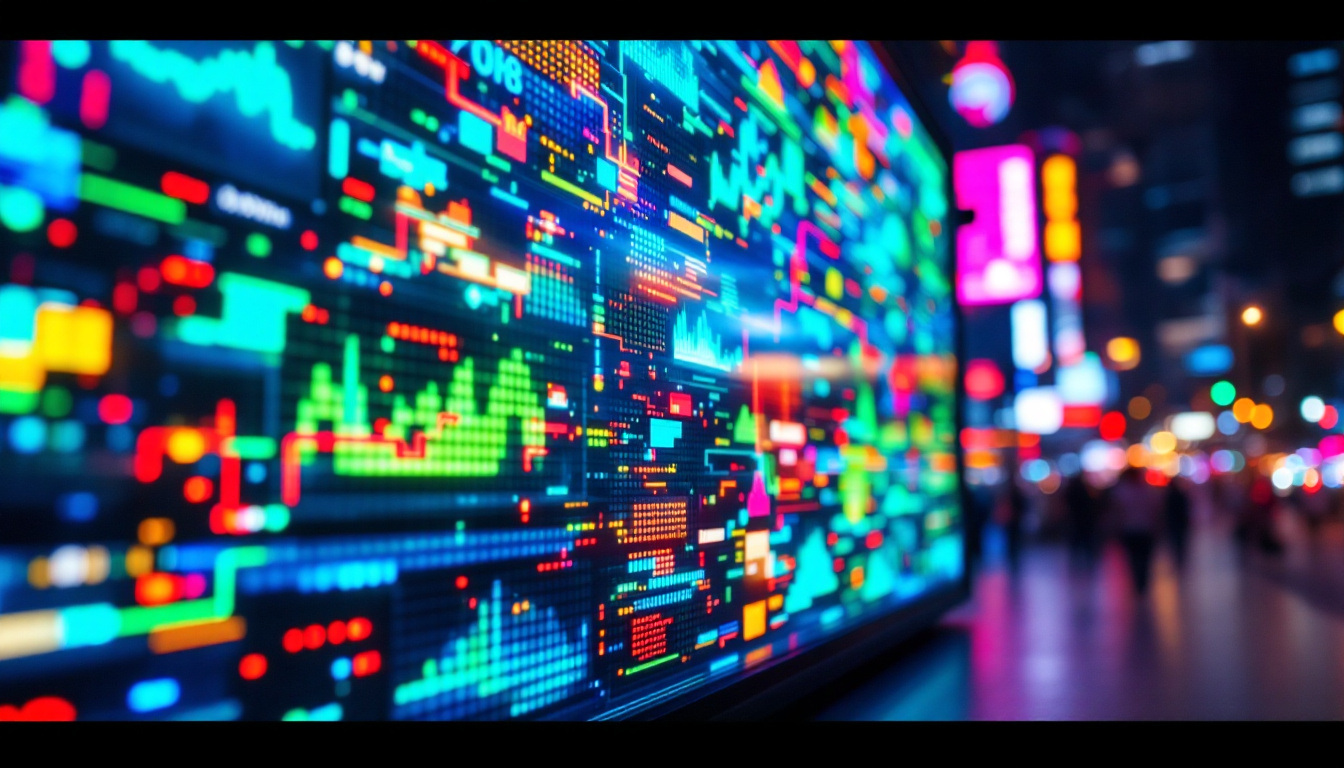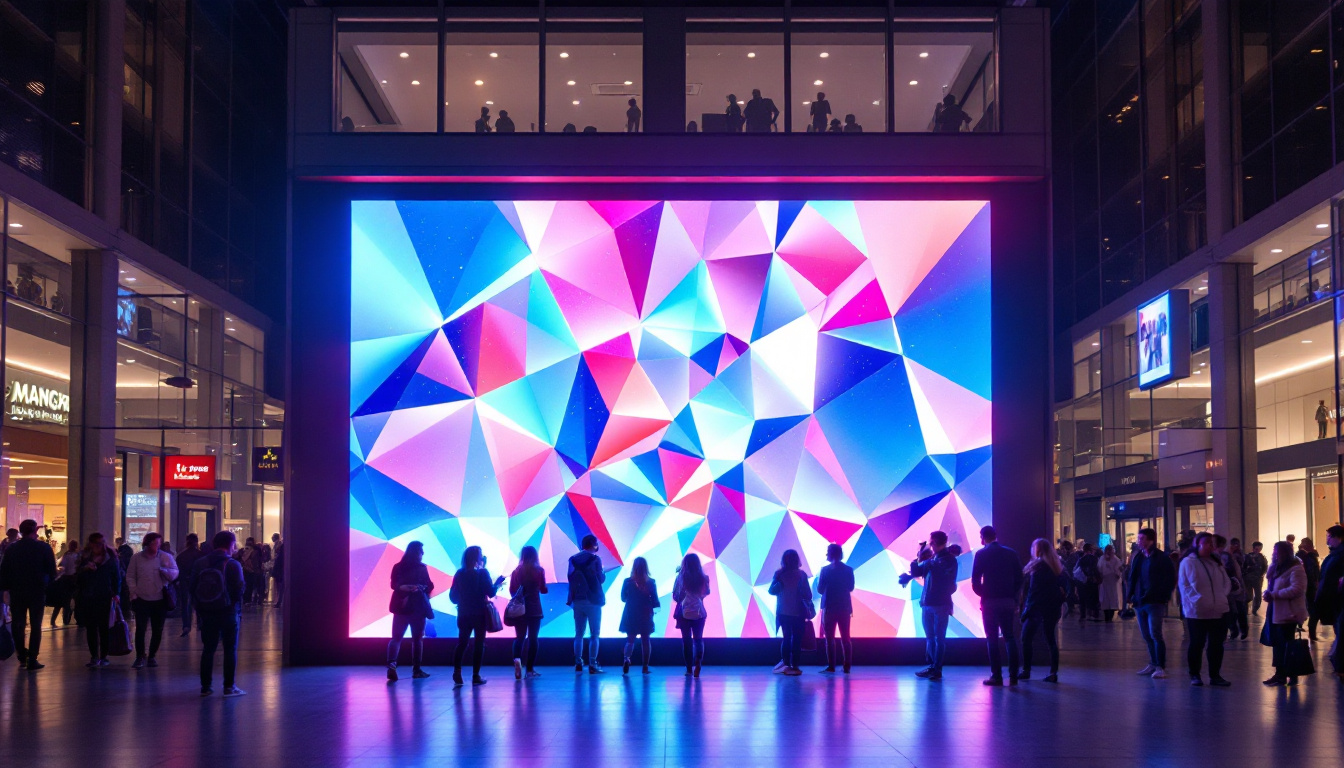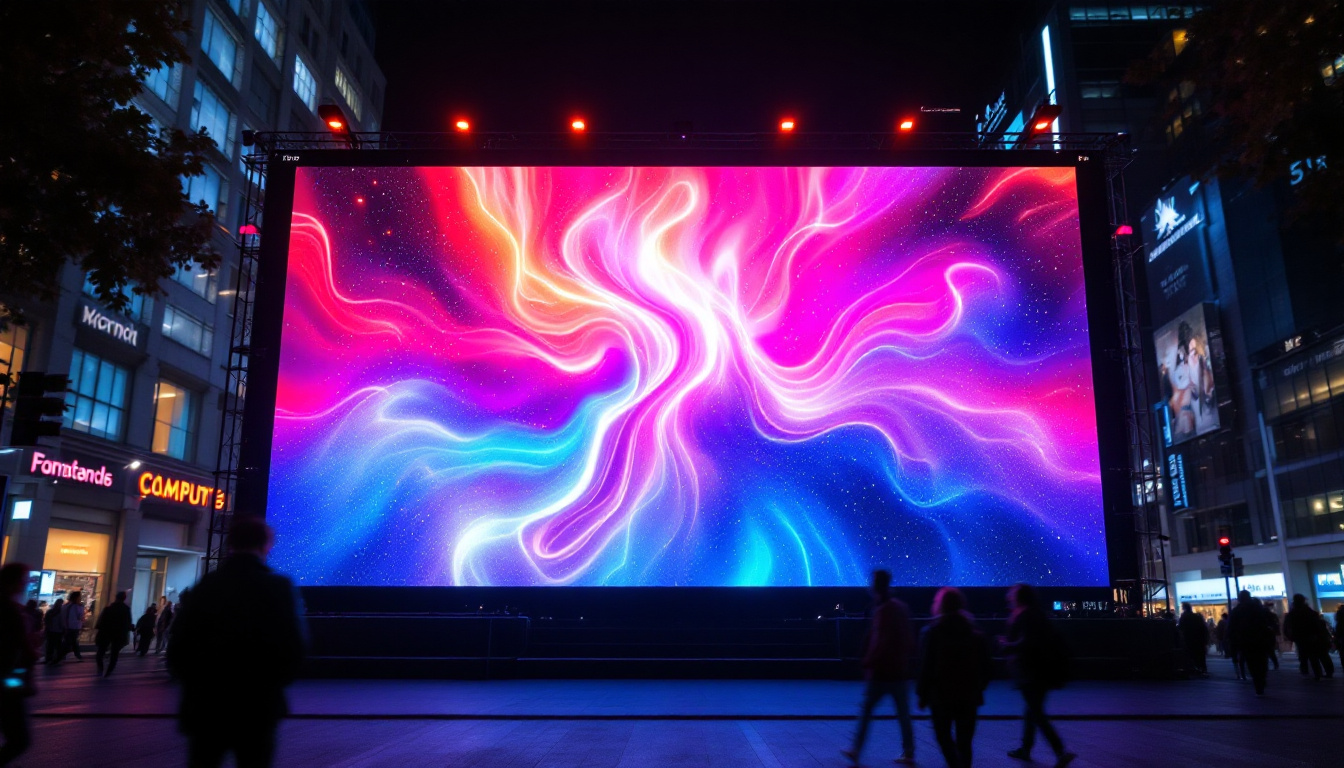In the evolving landscape of filmmaking and broadcasting, virtual production has emerged as a revolutionary technique that blends physical and digital environments. Central to this innovation is the use of LED displays, which serve as dynamic backdrops that can be manipulated in real-time. This article delves into the intricacies of virtual production sets, focusing on the role and functionality of LED displays within this context.
Understanding Virtual Production
Virtual production refers to a method of filmmaking that integrates real-time computer graphics with live-action footage. This technique allows filmmakers to create immersive environments without the need for extensive on-location shoots. By leveraging advanced technologies, such as game engines and LED displays, virtual production offers unprecedented flexibility and creativity. As the industry continues to evolve, filmmakers are finding innovative ways to blend the physical and digital realms, pushing the boundaries of traditional storytelling.
Moreover, virtual production is not just limited to large-scale blockbusters; independent filmmakers are also beginning to harness its potential. With the decreasing costs of technology and the increasing accessibility of powerful software, smaller productions can now create visually stunning content that rivals that of major studios. This democratization of filmmaking technology opens up new avenues for creative expression and storytelling, allowing diverse voices to be heard in the cinematic landscape.
The Technology Behind Virtual Production
At the heart of virtual production is a combination of hardware and software that enables seamless interaction between live-action and digital elements. Game engines, such as Unreal Engine and Unity, play a crucial role in rendering high-quality graphics in real-time. These engines allow filmmakers to visualize scenes as they are being shot, providing immediate feedback and reducing the need for extensive post-production work. This real-time rendering capability not only enhances the creative process but also fosters collaboration among various departments, including art, cinematography, and visual effects.
Additionally, motion capture technology is often employed to track the movements of actors and cameras. This data is then used to adjust the virtual environment dynamically, ensuring that the digital backdrop aligns perfectly with the physical elements of the scene. The integration of these technologies creates a cohesive filming experience that enhances storytelling. Furthermore, advancements in augmented reality (AR) and virtual reality (VR) are beginning to play a role in virtual production, allowing filmmakers to explore new dimensions of narrative and audience engagement.
Benefits of Virtual Production
The advantages of virtual production are manifold. One of the most significant benefits is the ability to shoot in controlled environments, which minimizes the unpredictability of outdoor filming. This control extends to lighting, weather conditions, and even the time of day, allowing filmmakers to achieve their desired aesthetic without external interruptions. Additionally, the use of LED walls can create dynamic backgrounds that change in real-time, providing a more immersive experience for actors and crew alike.
Furthermore, virtual production reduces logistical challenges associated with location shooting. By utilizing LED displays, filmmakers can create diverse settings within a single studio space, significantly cutting down on travel and setup time. This efficiency not only saves money but also allows for a more streamlined production process. As a result, filmmakers can allocate resources more effectively, focusing on enhancing the narrative and character development rather than getting bogged down by logistical hurdles. This shift in focus is transforming how stories are told, allowing for richer, more complex narratives that resonate with audiences on multiple levels.
LED Displays: The Backbone of Virtual Production
LED displays are a cornerstone of virtual production, serving as the canvas on which digital environments are projected. These displays offer high-resolution visuals and vibrant colors, making them ideal for creating immersive backgrounds that enhance the overall cinematic experience.
Types of LED Displays Used in Virtual Production
There are various types of LED displays utilized in virtual production, each with its own unique characteristics. The most common types include direct-view LED panels and LED walls. Direct-view LED panels are often used for smaller setups, while larger productions typically employ LED walls that can span entire sets.
These displays can be configured in various shapes and sizes, allowing for creative flexibility. Curved LED walls, for instance, can create a more immersive environment by wrapping around the set, providing a 360-degree backdrop. This adaptability is essential for filmmakers looking to push the boundaries of traditional storytelling.
Technical Specifications of LED Displays
The effectiveness of LED displays in virtual production is largely dependent on their technical specifications. Key factors include pixel pitch, brightness, and refresh rate. Pixel pitch refers to the distance between individual pixels on the display; a smaller pixel pitch results in higher resolution and sharper images, which is crucial for close-up shots.
Brightness is another critical specification, as it determines how well the display performs in various lighting conditions. High-brightness LED displays are essential for outdoor shoots or brightly lit environments, ensuring that the visuals remain vivid and engaging. Lastly, refresh rate impacts how smoothly the images are rendered, particularly during fast-paced action sequences.
How LED Displays Enhance Storytelling
The integration of LED displays in virtual production not only streamlines the filmmaking process but also enhances storytelling in profound ways. By providing a dynamic backdrop that can change in real-time, filmmakers can create a more engaging narrative experience for audiences.
Creating Immersive Environments
One of the primary advantages of using LED displays is the ability to create immersive environments that transport viewers into the heart of the story. Whether it’s a bustling cityscape or a serene natural landscape, LED displays can bring these settings to life with stunning realism.
Moreover, the ability to adjust the backdrop in real-time allows filmmakers to respond to the actors’ performances and adapt the environment accordingly. This flexibility fosters a more organic interaction between the actors and their surroundings, resulting in more authentic performances.
Real-Time Visual Effects
Another significant benefit of LED displays is the capacity to incorporate real-time visual effects. Unlike traditional green screen techniques, where backgrounds are added in post-production, LED displays enable filmmakers to visualize effects as they are being filmed. This not only enhances the creative process but also allows for immediate adjustments to be made, ensuring that the final product aligns with the director’s vision.
For instance, if a scene requires a dramatic weather change, filmmakers can easily modify the LED backdrop to reflect this shift, creating a seamless transition that enhances the narrative flow. This capability opens up new avenues for creativity, allowing filmmakers to experiment with visual storytelling in ways that were previously unimaginable.
Challenges and Considerations
While the advantages of LED displays in virtual production are clear, there are also challenges and considerations that filmmakers must navigate. Understanding these challenges is crucial for maximizing the potential of this technology.
Cost Implications
The initial investment in LED technology can be significant. High-quality LED displays are expensive, and the costs associated with setting up a virtual production studio can add up quickly. However, many industry professionals argue that the long-term savings in production time and resources can offset these initial expenses.
Additionally, as technology continues to advance, the cost of LED displays is expected to decrease, making this innovative approach more accessible to a wider range of filmmakers. For those considering a transition to virtual production, careful budgeting and planning are essential to ensure a successful implementation.
Technical Expertise and Training
Another challenge lies in the need for technical expertise and training. The integration of LED displays and real-time graphics requires a skilled team that understands both the artistic and technical aspects of virtual production. Filmmakers must invest in training their crew or collaborating with experts who can navigate the complexities of this technology.
As the industry evolves, educational resources and training programs are becoming more available, helping to bridge the knowledge gap. Embracing continuous learning and adapting to new technologies will be vital for filmmakers looking to stay competitive in this rapidly changing landscape.
Future Trends in Virtual Production and LED Displays
The future of virtual production and LED displays is bright, with numerous trends and innovations on the horizon. As technology continues to advance, filmmakers can expect even more capabilities and enhancements in their storytelling arsenal.
Advancements in Display Technology
Future advancements in LED display technology are likely to focus on improving resolution, color accuracy, and energy efficiency. As manufacturers develop more sophisticated displays, filmmakers will be able to create even more realistic and immersive environments.
Additionally, the integration of augmented reality (AR) and virtual reality (VR) with LED displays is expected to gain traction. This convergence could lead to entirely new forms of storytelling that blur the lines between reality and fiction, offering audiences an unprecedented level of engagement.
Increased Adoption Across Industries
While virtual production has primarily been associated with the film and television industry, its applications are expanding into other sectors, such as live events, gaming, and advertising. As more industries recognize the benefits of virtual production, the demand for LED displays is likely to grow, leading to further innovations and applications.
This increased adoption will also drive competition among manufacturers, resulting in more affordable and diverse options for filmmakers. As the technology becomes more accessible, a wider range of creators will be able to harness the power of virtual production to tell their stories.
Conclusion
The integration of LED displays in virtual production represents a significant leap forward in the filmmaking process. By blending physical and digital environments, filmmakers can create immersive experiences that captivate audiences and enhance storytelling. While challenges exist, the benefits of this innovative approach far outweigh the drawbacks.
As technology continues to evolve, the future of virtual production and LED displays holds immense potential. Filmmakers who embrace these advancements will not only streamline their production processes but also unlock new creative possibilities that will shape the future of storytelling.
In a world where visual storytelling is increasingly important, understanding and leveraging the capabilities of LED displays will be essential for filmmakers looking to make their mark in the industry. The journey into virtual production is just beginning, and the possibilities are limitless.
Discover the Future of Storytelling with LumenMatrix
Ready to take your visual storytelling to the next level? LumenMatrix is at the forefront of LED display technology, offering a wide range of innovative solutions that bring your creative visions to life. From immersive Indoor and Outdoor LED Wall Displays to dynamic Vehicle and Sports LED Displays, our products are designed to captivate your audience and amplify your message. Experience the transformative power of our Custom, All-in-One, and Transparent LED Displays, and see how LumenMatrix is redefining visual communication. Check out LumenMatrix LED Display Solutions today and join the revolution in virtual production.

